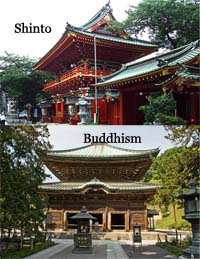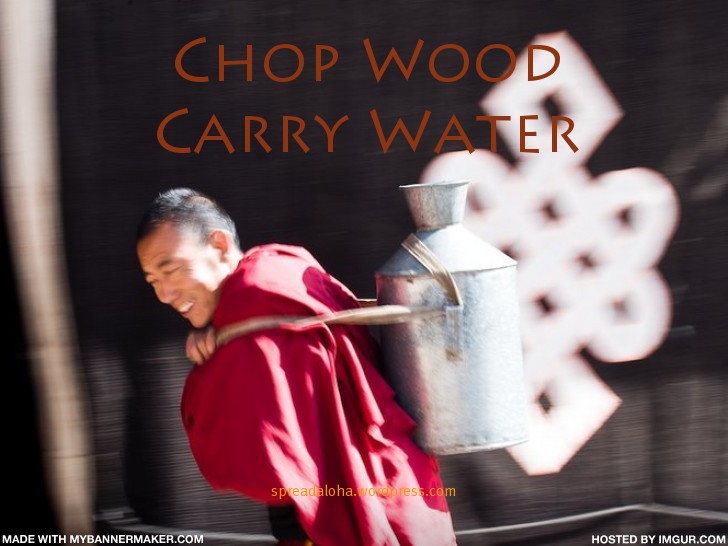
One day Buddha came into his assembly of the monks. It must have been just a morning like this. His sannyasins were sitting and waiting for him. They were puzzled because this was for the first time that Buddha had come with something in his hand – a handkerchief. They all looked at the handkerchief What was the matter? There must be something special in it. And Buddha sat on the platform and rather than starting speaking to the assembly he looked at the handkerchief, started tying a few knots in it, five knots in all. The whole assembly watched – what is going on?
And then he asked the assembly, “Can anybody tell me: is this handkerchief the same as it was before the knots were tied?”
Sariputta said, “This is a tricky question. In a way the handkerchief is the same because nothing has changed, in a way it is not the same because these five knots have appeared which were not there before. But as far as the inner nature of the handkerchief is concerned – its nature is concerned – it is the same; but as far as its form is concerned it is no more the same. The form has changed: the substance is the same.”
Buddha said, “Right. Now I want to open these knots.” And he started stretching both ends of the handkerchief farther away from each other. He asked Sariputta. “What do you think? By stretching farther will I be able to open the knots?”
He said, “You will be making knots even more difficult to open because they will become smaller, more tighter.”
Buddha said, “Right. Then I want to ask the last question: what should I do so that I can open the knots, the tied knots? How I can untie them again?”
Sariputta said, “Bhagwan, I would like first to come close and see how in the first place the knots have been tied. Unless I know how they have been tied it is difficult for me to suggest any solution.”
Buddha said, “Right, Sariputta. You are blessed, because that is the most fundamental question to ask. If you are in a certain fix, the first thing is how you got into it rather than trying to get out of it. Without asking the most fundamental and the primary question, you will make things worse.”
Buddha’s whole approach is, first see how you get into trouble. If you can see the entrance, the same door is the exit; no other door is needed. But without knowing the entrance if you try to find out the exit you are not going to find; you will get more and more desperate. And that’s what people go on doing.
OM SHANTI









